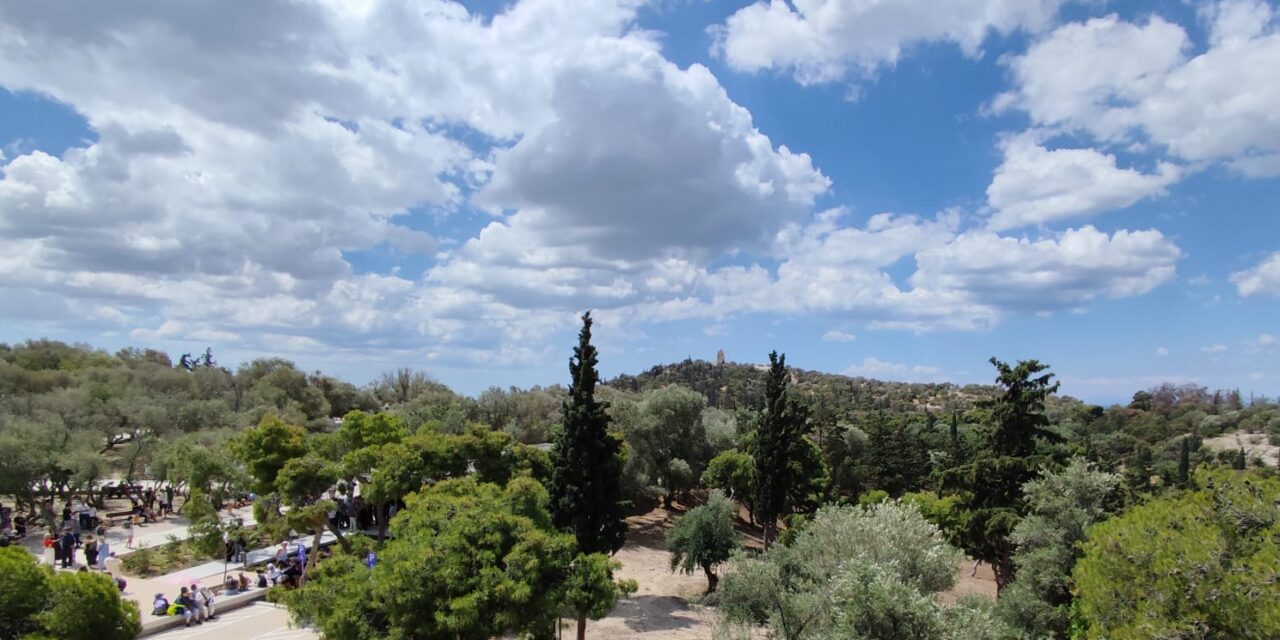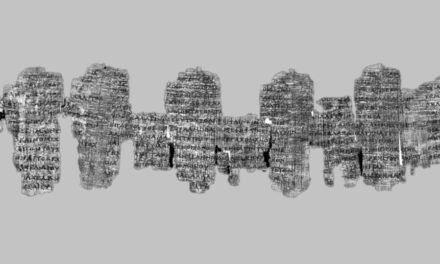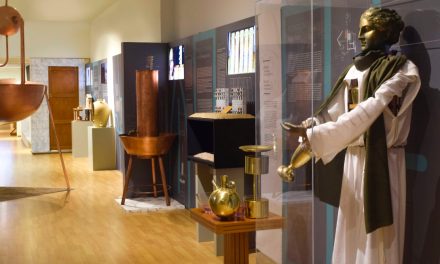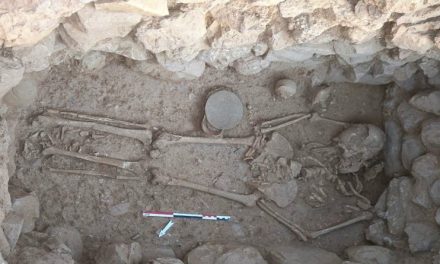Previously inaccessible areas on the slopes of the Acropolis have been cleared and given to the public, following restoration works by the Ephorate Of Antiquities of The City of Athens. Visitors now have the opportunity of an enhanced archaeological experience, gaining access to previously closed-off sites.
The re-opened pathways, along a the newly-inaugurated visitor center, were recently presented at a ceremony, in the presence of Minister of Culture Lina Mendoni, who stated that “The Ministry of Culture attaches the appropriate importance to the most visited archaeological site in our country, a global cultural and historical landmark, with projects that facilitate accessibility and optimize the experience of millions of visitors from Greece and abroad”. Those attending were entertained by the Greek band Encardia, which presented songs and dances from the Greek-speaking regions of the Italian South.
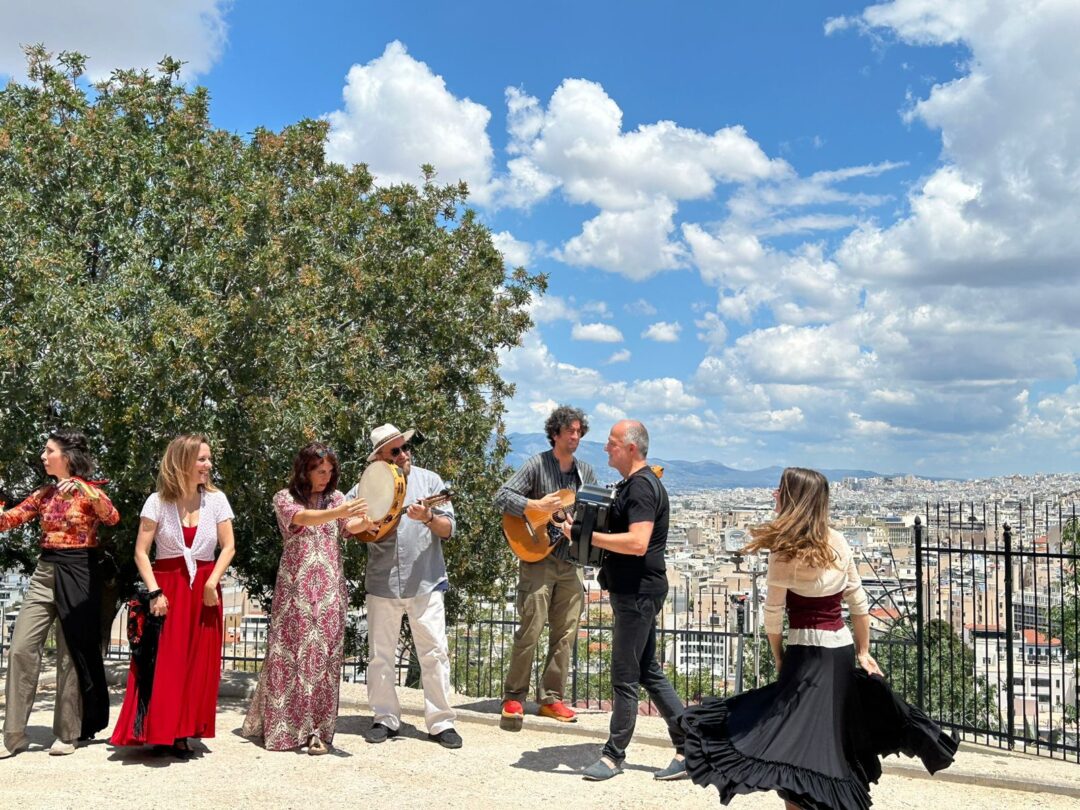
Pathways re-opened
The Acropolis, the most recognizable landmark of the city of Athens, and one of the most iconic monuments worldwide, has more to offer to the visitor besides the famed Parthenon. Being an ancient citadel of great strategic, cultural and religious importance not only for Classical Athens but for centuries to follow, it contains the remains of several ancient buildings, including sites of archaeological importance that remain obscure to the wider public.
The northern slope route of the rocky hill, covered in pine and olive trees, has undergone extensive restoration works, which helped make it accessible to the public for the first time in decades. Most notably, visitors now can discover parts of the Sacred Rock that had been closed off for decades, including the Klepsydra natural spring and the Cave Sanctuaries of the Acropolis.
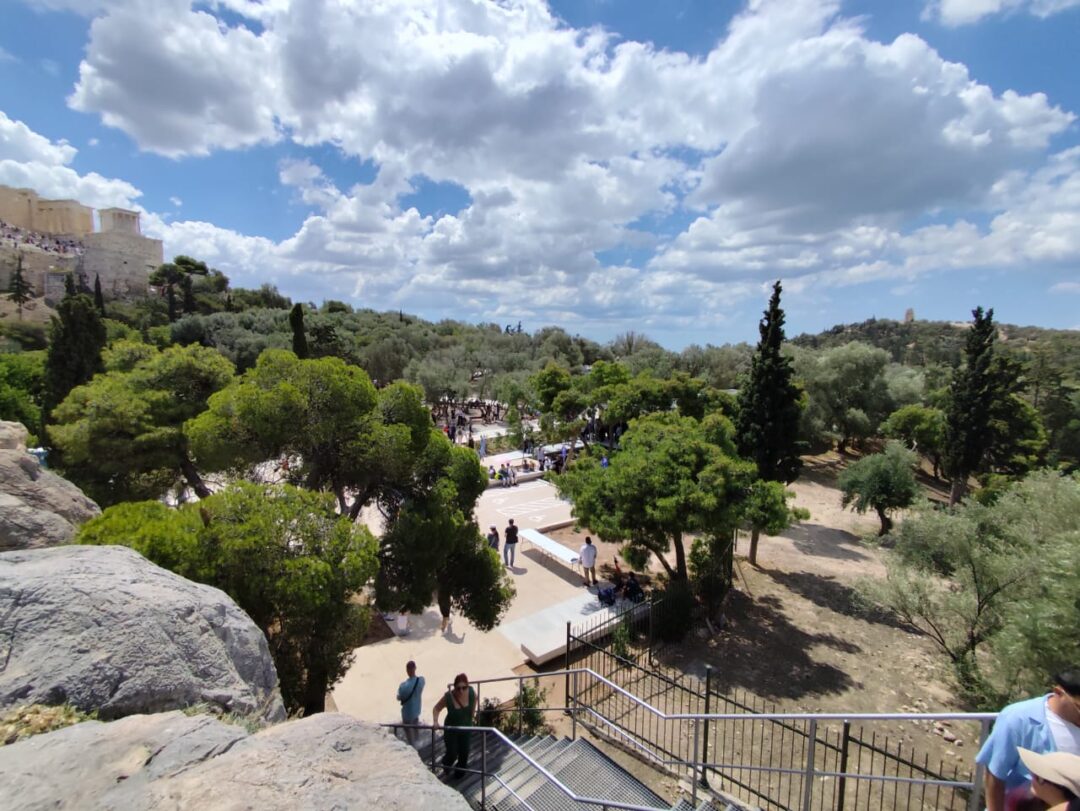
The Klepsydra spring, located on the north-west slope of the hill, stood within the ancient fortifications around Acropolis. In the fifth century BC, a paved court, a well and a well-house had been constructed there, possibly as part of a sanctuary. A new well and well-house would be constructed in the Roman times, while a Byzantine chapel is also believed to have been located there. In the Ottoman times, it fell into disuse. Greek archaeologist Kyriakos Pittakis rediscovered the source of the spring in the early 19th century, leaving the first written account of the site in 1835.
The Cave Sanctuaries of the Acropolis are natural fissures in the rock of the hill; these fissures and the terraces before them were used as sites of worship in the antiquity. Among them we find the Sanctuary of Aphrodite and Eros: an open-air sanctuary excavated in 1932 by American archaeologist Oscar Broneer, who identified the site with Aphrodite and Eros. The cave is divided into two sanctuaries; its excavation brought to light finds including fragments of marble statuary and dedicatory carvings, which had been set into niches hollowed out from the rock, and also clay vases and figurines. Two inscriptions carved into the rock, dating from 450–430 BC, include a dedication to Aphrodite and a reference to a festival for Eros.

Another important cave sanctuary on the northwestern slope is a complex of three caves dedicated to Pan, Zeus and Apollo respectively. The identification of the sanctuary was based on the testimonies of Euripides, Aristophanes and Pausanias, and also to the excavation of two votive reliefs on the site.
On the eastern slope of the hill we find the largest cave in the city, known as the Sanctuary of Aglaurus or Aglaureion. Its identification (not unanimously accepted by the scientific community) with the eponymous deity (the daughter of Athens’ mythical founder, Cecrops, who fell to her death from the top of the Acropolis to fulfill a prophecy which demanded a human sacrifice for the city to be saved) is owed to the discovery, east of the cave, of a stele inscribed in 247/6 or 246/5 BC with a decree in which the Athenian Demos honors a priestess of the Aglaurus.
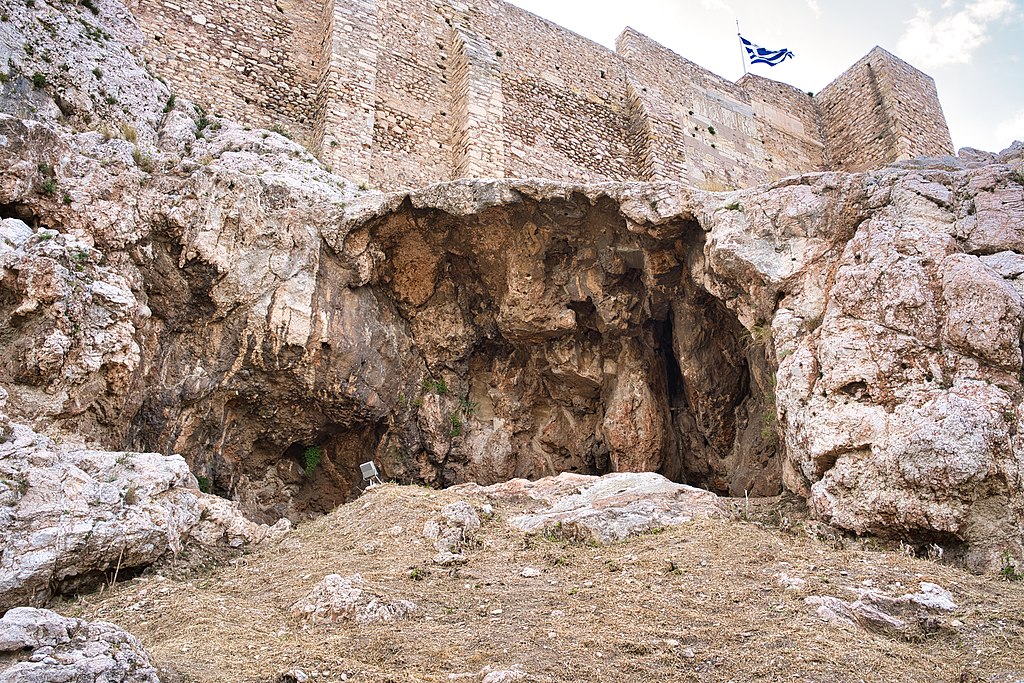
New visitor center and welcome area
The new visitor center was established thanks to the cooperation of the Hellenic Ministry of Culture and the Organization for the Management and Development of Cultural Resources. It houses a gift shop offering a wide range of high-quality souvenirs. The center has been designed to seamlessly integrate into the surrounding natural and archaeological landscape.
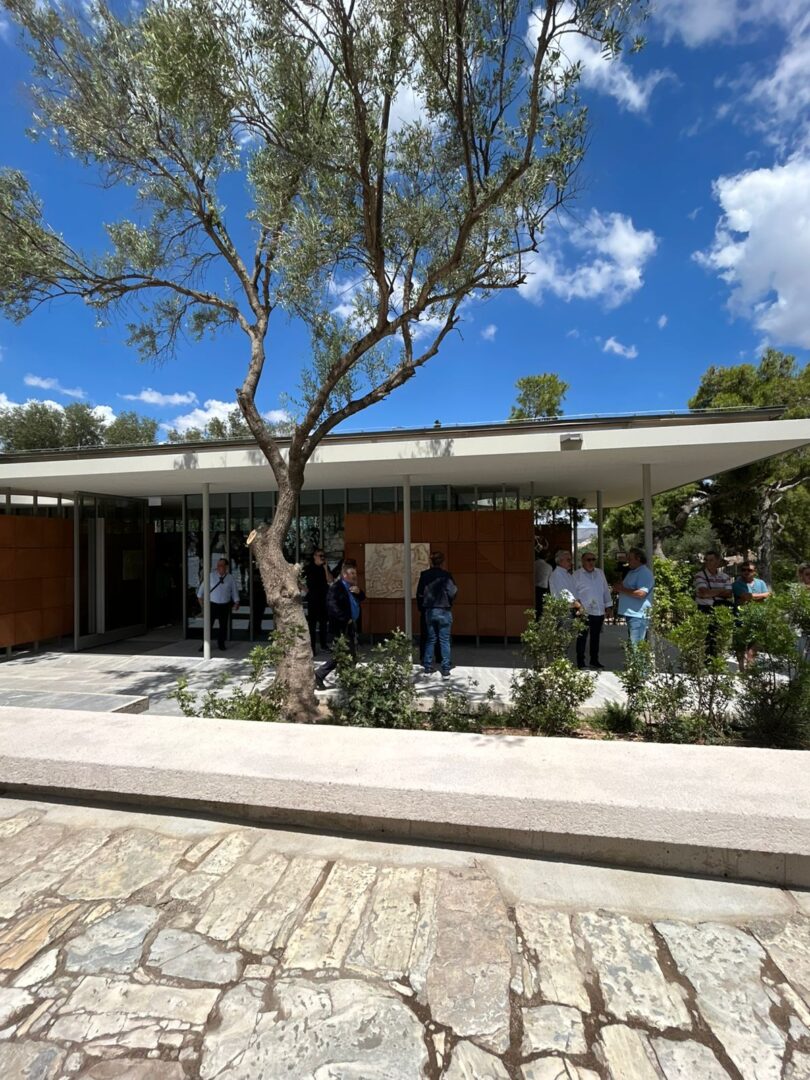
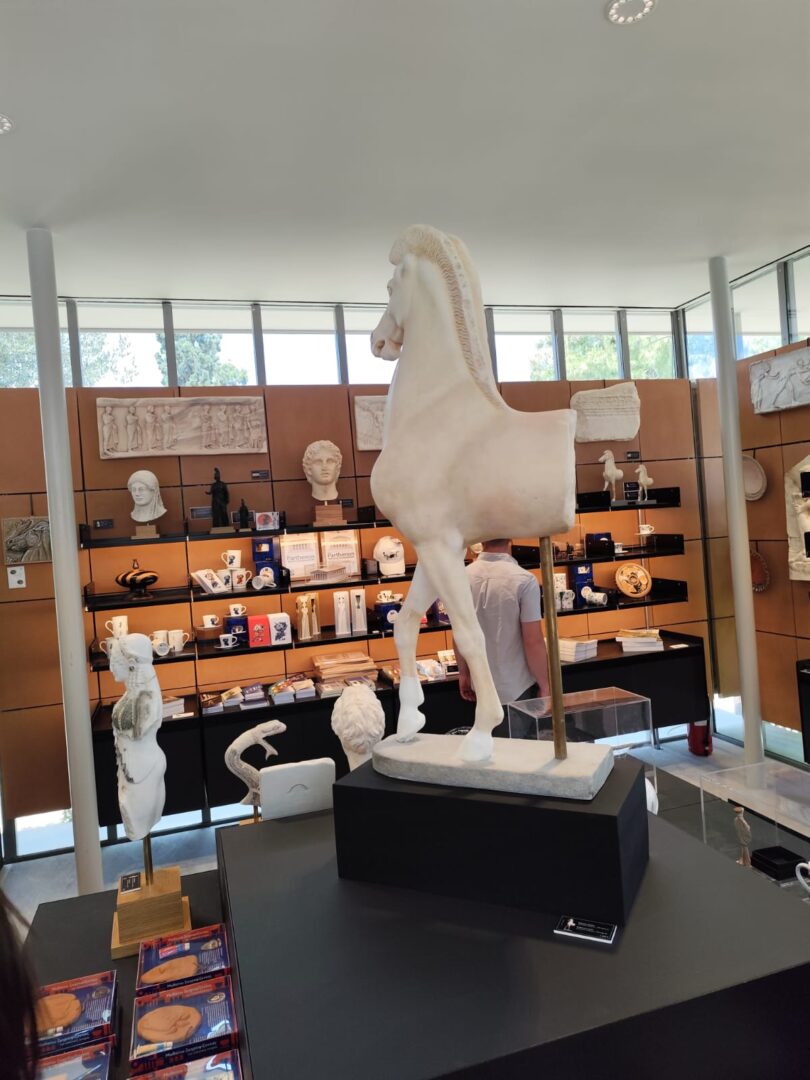
The Ephorate Of Antiquities of The City of Athens shaped the plateau south of Areopagus Hill, in front of the sales point, offering visitors an impressive view while also improving visitor flow management. Another key feature is the construction of pavements that facilitate access to people with disabilities as well as two new dedicated parking spaces.
The landscaping of the plateau south of Areopagus was funded by national funds of 140,000 euros allocated to the Ministry of Culture, while the restoration of the route in northern slope of the Acropolis hill was made possible thanks to a donation from the Onassis Foundation, which has been supporting the Ministry of Culture’s work on the Acropolis since 2020.
N.M. (Image source: Hellenic Ministry of Culture Press release, except where noted)
Sources: Hellenic Ministry of Culture Press release; Odysseus portal
TAGS: ANCIENT GREECE | HERITAGE | TOURISM

